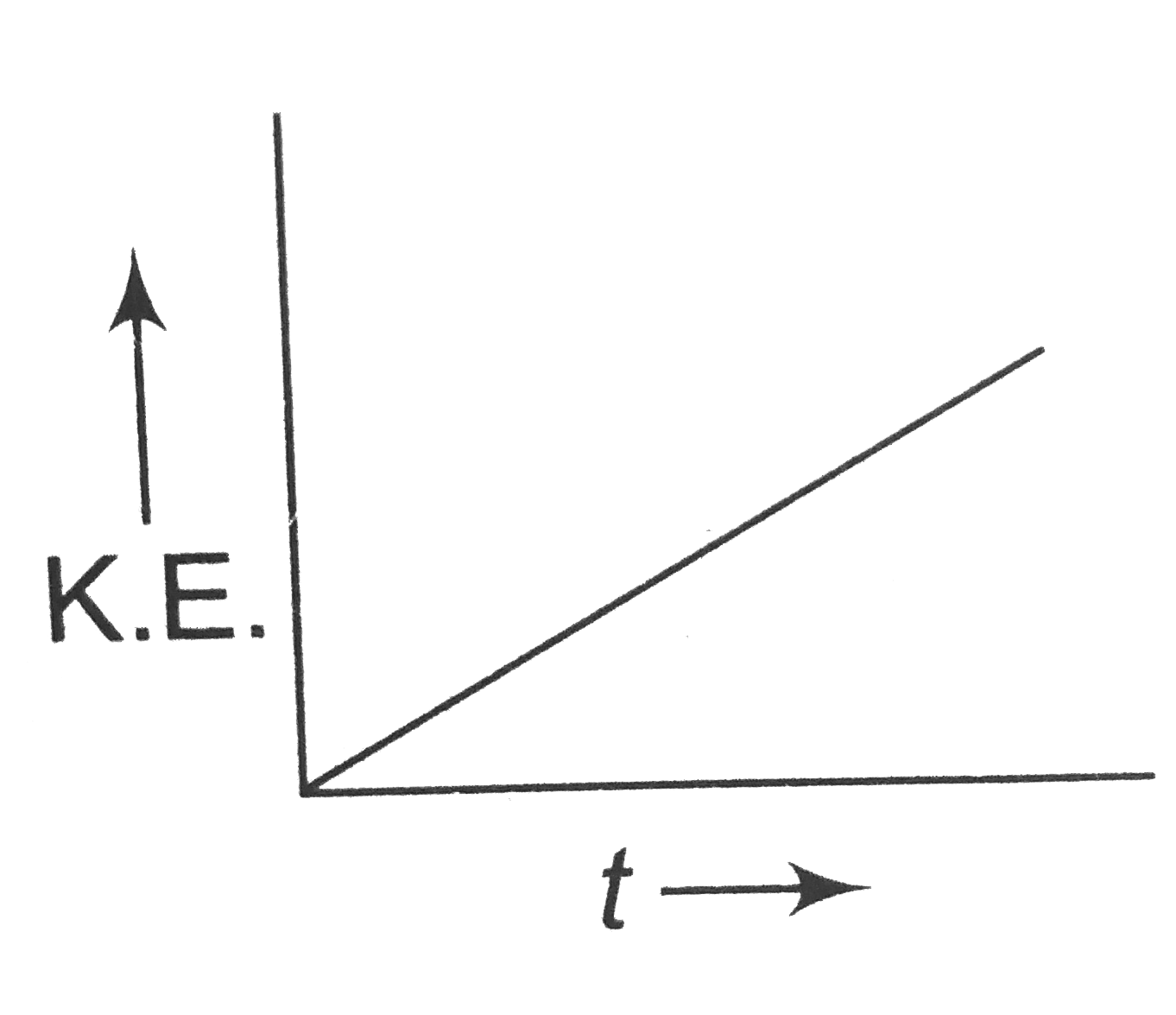When a body moves along a straight line covering equal distances in equal intervals of time then the body has ...............(uniform speed/uniform velocity).
To solve the question, we need to understand the concepts of uniform speed and uniform velocity.
Step 1: Define Uniform Speed
Uniform speed is when a body covers equal distances in equal intervals of time, regardless of the direction of motion.
Step 2: Define Uniform Velocity
Uniform velocity, on the other hand, is when a body covers equal distances in equal intervals of time in a specific direction. This means that not only must the distances be equal, but the direction must also remain constant.
Step 3: Analyze the Given Situation
In the question, it states that a body moves along a straight line covering equal distances in equal intervals of time. Since the body is moving in a straight line, the direction of motion does not change.
Step 4: Conclusion
Since the body is covering equal distances in equal intervals of time and moving in a straight line (constant direction), it can be concluded that the body has both uniform speed and uniform velocity.
Final Answer
The body has both uniform speed and uniform velocity.
---
Uniform speed is when a body covers equal distances in equal intervals of time, regardless of the direction of motion.
Uniform velocity, on the other hand, is when a body covers equal distances in equal intervals of time in a specific direction. This means that not only must the distances be equal, but the direction must also remain constant.
In the question, it states that a body moves along a straight line covering equal distances in equal intervals of time. Since the body is moving in a straight line, the direction of motion does not change.
Since the body is covering equal distances in equal intervals of time and moving in a straight line (constant direction), it can be concluded that the body has both uniform speed and uniform velocity.
The body has both uniform speed and uniform velocity.
Topper's Solved these Questions
- FORCE AND PRESSURE : MOTION BOOK - ICSECHAPTER - FORCE AND PRESSURE : MOTION EXERCISE - EXERCISES (SECTION II)
8 Videos
- FORCE AND PRESSURE : MOTION BOOK - ICSECHAPTER - FORCE AND PRESSURE : MOTION EXERCISE - EXERCISES (SECTION II) (Short Answer questions)
6 Videos
- FORCE AND PRESSURE : MOTION BOOK - ICSECHAPTER - FORCE AND PRESSURE : MOTION EXERCISE - EXERCISES (SECTION I) (Write T for True and F for False. Correct the false statements.)
1 Videos
- ENERGYBOOK - ICSECHAPTER - ENERGYEXERCISE - EXERCISE (PICTURE STUDY)
3 Videos
- HEATBOOK - ICSECHAPTER - HEATEXERCISE - EXERCISE (PICTURE)
10 Videos
Similar Questions
Knowledge Check
If a body covers equal distances in equal intervals of time, the motion is said to be :
AuniformBnon-uniformCoscillatoryDrotatory
A body is in uniform motion if it covers equal distances in equal intervals of time ………….. .... (in any direction/in a specified direction).
View SolutionIf average velocity of particle moving on a straight line is zero in a time interval, then
View SolutionThe kinetic energy of a body moving along a straight line varies with time as shown in figure. The force acting on the body:

View SolutionA body moving in a straight line with constant acceleration covers distances a and b in successive equal time interval of t. The acceleration of the body is
View SolutionAssertion: A body moving with constant acceleration always travels equal distance in equal time intervals.
Reason: Motion of the body with constant acceleration is a uniform motion.
View SolutionWhich of the following graph for a body moving along a straight line is possible ?
View SolutionA body is moved along a straight line by a machine delivering constant power . The distance moved by the body is time t is proptional to
View Solution
